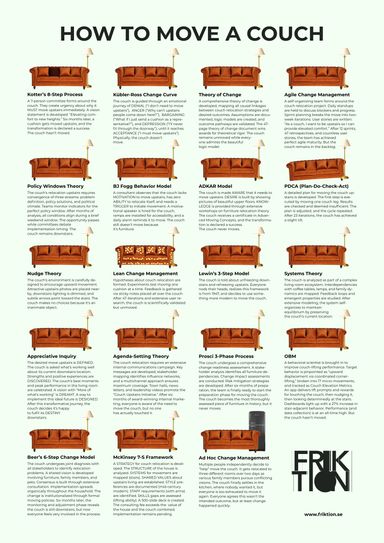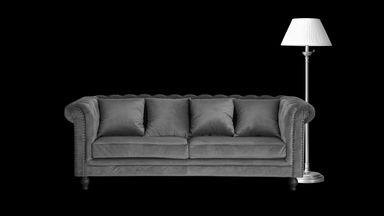
Change management models explained with a couch
There are dozens of change management models. Most of them sound good in PowerPoint. But what happens when it’s time to actually move something? Like a couch. Upstairs.
If you're feeling confused, overwhelmed, or slightly allergic to 8-step frameworks, this guide might help. Or not. At the very least, you'll walk away knowing how each model would—theoretically—get a couch up the stairs.
ADKAR Model
The couch is made AWARE that it needs to move upstairs. DESIRE is built by showing pictures of beautiful upper floors. KNOWLEDGE is provided through extensive workshops on furniture relocation theory. The couch receives a certificate in Advanced Moving Concepts, and the transformation is declared a success. The couch never moves.
Lewin’s 3-Step Model
The couch is told about unfreezing downstairs and refreezing upstairs. Everyone nods their heads, realizes this framework is from 1947, and decides to use something more modern to move the couch.
OBM (Organizational Behavior Management)
A behavioral scientist is brought in to improve couch-lifting performance. Target behavior is pinpointed as “upward displacement via coordinated corner-lifting,” broken into 17 micro-movements, and tracked as Couch Elevation Metrics. An app delivers lift prompts and rewards for touching the couch, then nudging it, then looking determinedly at the stairs. Dashboards light up with a 27% increase in stair-adjacent behavior. Performance (and data collection) is at an all-time high. But the couch hasn’t moved.
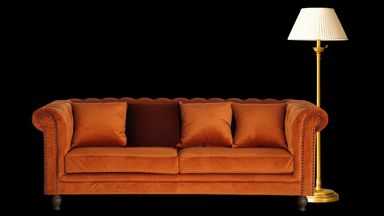
Kotter’s 8-Step Process
A 7-person committee forms around the couch. They create urgency about why it MUST move upstairs immediately. A vision statement is developed: “Elevating comfort to new heights.” Six months later, a cushion gets moved upstairs, and the transformation is declared a success. The couch hasn’t moved.
BJ Fogg Behavior Model
A consultant observes that the couch lacks MOTIVATION to move upstairs, has zero ABILITY to relocate itself, and needs a TRIGGER to initiate movement. A motivational speaker is hired for the couch, ramps are installed for accessibility, and a daily alarm reminds it to move. The couch still doesn’t move because it’s furniture.
COM-B Model
The couch’s CAPABILITY to move upstairs is assessed (zero), OPPORTUNITY for relocation is evaluated (stairs exist), and MOTIVATION is analyzed through furniture psychology sessions. A comprehensive intervention plan addresses all three components. Researchers publish papers on the findings instead of moving the couch.
Kübler-Ross Change Curve
The couch is guided through an emotional journey of DENIAL (“I don’t need to move upstairs”), ANGER (“Why can’t upstairs people come down here?”), BARGAINING (“What if I just send a cushion as a representative?”), and DEPRESSION (“I’ll never fit through the doorway”), until it reaches ACCEPTANCE (“I have to move upstairs”). Physically, the couch doesn’t move.
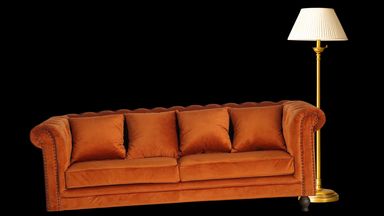
PDCA (Plan-Do-Check-Act)
A detailed plan for moving the couch upstairs is developed. The first step is executed by moving one couch leg. Results are checked and deemed insufficient. The plan is adjusted, and the cycle repeats. After 23 iterations, the couch has achieved a slight tilt.
Systems Theory
The couch is analyzed as part of a complex living room ecosystem. Interdependencies with coffee tables, lamps, and family dynamics are mapped. Feedback loops and emergent properties are studied. After extensive modeling, the system self-organizes to maintain equilibrium by preserving the current location.
Prosci 3-Phase Process
The couch undergoes a comprehensive change readiness assessment. A stakeholder analysis identifies all furniture dependencies. Change impact assessments are conducted. Risk mitigation strategies are developed. After six months of preparation, the team is finally ready to start the preparation phase for moving the couch. The couch becomes the most thoroughly assessed piece of furniture in history, but it never moves.
McKinsey 7-S Framework
A STRATEGY for couch relocation is developed. The STRUCTURE of the house is analyzed. SYSTEMS for movement are mapped (stairs). SHARED VALUES about upstairs living are established. STYLE preferences are documented (mid-century modern). STAFF requirements (humans with arms) are identified. SKILLS gaps are assessed (lifting ability). A 500-slide deck is created. The consulting fee exceeds the combined value of the house and the couch. Implementation remains pending.
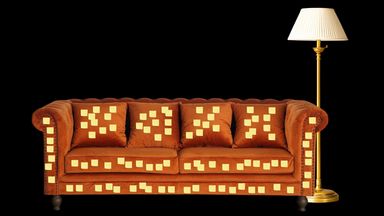
Lean Change Management
Hypotheses about couch relocation are formed. Experiments test moving one cushion at a time. Feedback is gathered via sticky notes placed all over the couch. After 47 iterations and extensive user research, the couch is scientifically validated but unmoved.
Agile Change Management
A self-organizing team forms around the couch relocation project. Daily standups are held to discuss blockers and progress. Sprint planning breaks the move into two-week iterations. User stories are written: “As a couch, I want to be upstairs so that I can provide elevated comfort.” After 12 sprints, 47 retrospectives, and countless user stories, the team has achieved perfect agile maturity. But the couch remains in the backlog.
Appreciative Inquiry
The desired move upstairs is DEFINED. The couch is asked what’s working well about its current downstairs location. Strengths and positive experiences are DISCOVERED. The couch’s best moments and peak performance in the living room are celebrated. A vision to implement “More of what’s working” is DREAMT. A way to implement this ideal future is DESIGNED. After this transformative journey, the couch decides it’s happy to fulfil its DESTINY downstairs.
Nudge Theory
The couch’s environment is carefully designed to encourage upward movement. Attractive upstairs photos are placed nearby, downstairs lighting is dimmed, and subtle arrows point toward the stairs. The couch makes no choices because it’s an inanimate object.
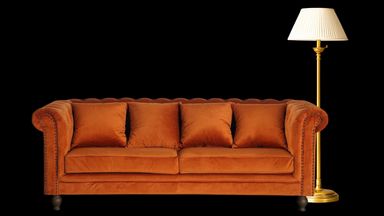
Policy Windows Theory
The couch’s relocation upstairs requires convergence of three streams: problem definition, policy solutions, and political climate. Teams monitor indicators for the perfect policy window. After months of analysis, all conditions align during a brief weekend window. The opportunity passes while committees debate implementation timing. The couch remains downstairs.
Theory of Change
A comprehensive theory of change is developed, mapping all causal linkages between couch relocation strategies and desired outcomes. Assumptions are documented, logic models are created, and outcome pathways are validated. The 47-page theory of change document wins awards for theoretical rigor. The couch remains unmoved while everyone admires the beautiful logic model.
Agenda-Setting Theory
The couch relocation requires an extensive internal communications campaign. Key messages are developed, stakeholder mapping identifies influence networks, and a multichannel approach ensures maximum coverage. Town halls, newsletters, and leadership videos promote the “Couch Upstairs Initiative.” After six months of award-winning internal marketing, everyone is aware of the need to move the couch, but no one has actually touched it.
Beer’s 6-Step Change Model
The couch undergoes joint diagnosis with all stakeholders to identify relocation problems. A shared vision is developed involving furniture, family members, and pets. Consensus is built through extensive consultation. Implementation spreads organically throughout the household. The change is institutionalized through formal moving policies. Six months later, the monitoring and adjustment phase reveals the couch is still downstairs, but now everyone feels very involved in the process.
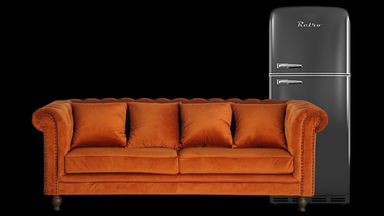
Ad-Hoc Change Management
Multiple people independently decide to “help” move the couch. It gets relocated to three different rooms over two days as various family members pursue conflicting visions. The couch finally settles in the kitchen, where nobody wanted it, but everyone is too exhausted to move it again. Everyone agrees this wasn’t the intended outcome, but at least change happened quickly.
PS.
If you want to add some friction and flair to your workplace, you can download the A3 poster "How to move a couch" with all the change management models right here.
